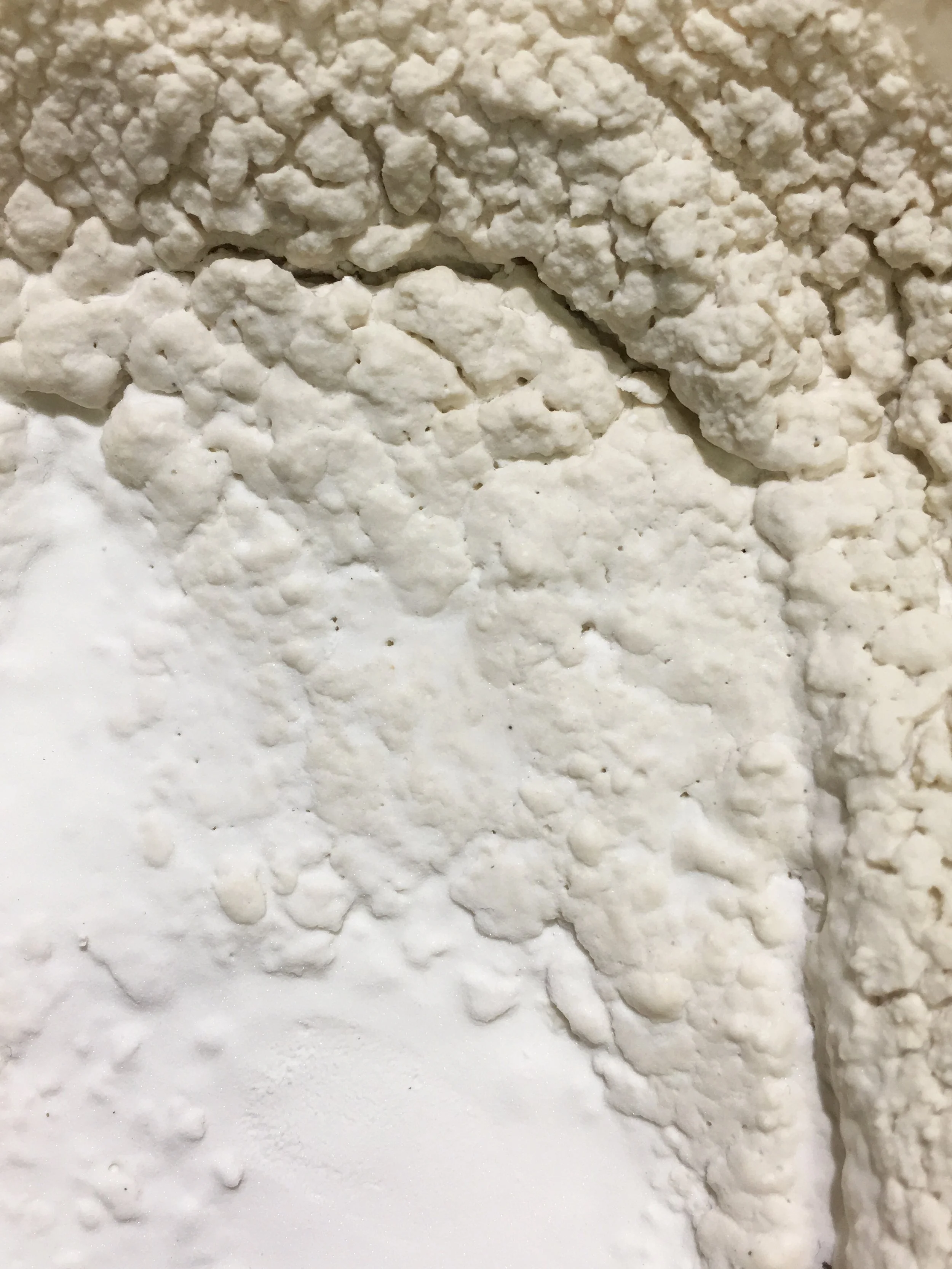Tiddalik the Frog
w/ Snøhetta, 2016
Typology | Illustration, Publication, Story-Telling
Client | Places Journal (read the article here)
Role | Graphics
This image was inspired by a children’s version of Australia Aboriginal story “Tiddalik the Frog”.
Tiddalik, who has been sleeping for ages, wakes up one morning with an unquenchable thirst. “I’m so thirsty that I could drink a lake!” he thinks. So, of course, in a fairy-tale way, he drinks a lake.
His body swells as he slurps and gurgles until the lake is empty, but still he is thirsty. On to a stream, a watering hole, a puddle. He continues to swell. When darkness comes, he’s so swollen and tired that he falls into a slumber. But when he awakens, what horror! There is no more water at all. Everything is withering, dying. Flowers, fish, birds, and trees.
Quickly, the earth’s creatures put their heads together and come up with a plan. A wombat suggests that they should make the frog laugh, and when he opens his mouth the water will pour out.
Alas, none of the animals can make Tiddalik laugh, and the harder they try, the more completely they fail. The animals try every trick in the book, but the frog is not amused, not even when they begin their heavy-footed dancing. Their thumping wakes up a poignant platypus, the sole, dreaming creature who has slept her way through the terrible drought that afflicts the land. She rises cross and determined.
“You have woken me up,” she scolds Tiddalik. “You have disturbed my sleep.” The frog gazes at the platypus, at her soft fur and her duck’s bill and her duck’s feet. Okay, now there’s an unusual creature! And Tiddalik laughs. For the platypus is much funnier than all the old jokes and the new jokes he has heard. What brings real pleasure in life is often unusual, wouldn’t you say? The frog’s delight in the platypus is a performance of what psychoanalyst and author Adam Phillips calls an “unforbidden pleasure.”
And so it was — in the beginning that hasn’t yet ended — that water returned, and life, again, thrived.
The story is about succession. It’s a story of the tides, a building up and washing away, a cyclical process. But it is also a story about a cataclysm.
Kieran Suckling, of the Center for Biological Diversity, has explored the science behind frog fairy tales, which often have an ecological theme. Amphibians’ impermeable skin makes them particularly vulnerable to environmental disturbances, and the most resilient species have adapted accordingly. The Australian water-holding frog retains water to survive drought. It is difficult to read a story like this without thinking about climate change and extinction: two unpleasures that should be forbidden.
The transformation of fairy-tale characters often is not accomplished by word magic but by appreciating the other.
Such stories “evolve to communicate the existential situation of the communities that tell them. That situation is less a matter of received values and beliefs than it is an engagement with the real.”





